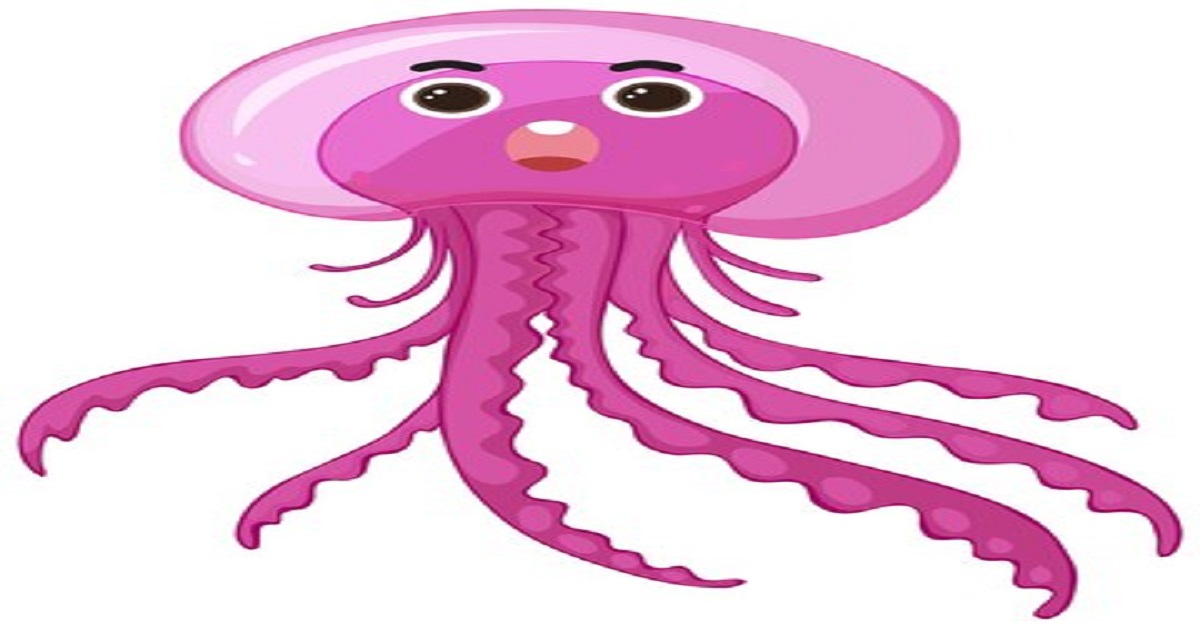Introduction
Octopuses are fascinating creatures known for their intelligence, adaptability, and unique physical characteristics. They belong to the class Cephalopoda, which also includes squid, cuttlefish, and nautiluses.
This marine animal has captured the curiosity of scientists and the public alike due to its complex behaviors and abilities.
Physical Characteristics
Octopuses have a distinctive appearance that sets them apart from other marine animals. They typically have a soft, bilaterally symmetric body with eight long tentacles extending from their head. These tentacles are lined with suckers that help them grasp and manipulate objects with great dexterity. The body of an octopus is usually bulbous and contains most of its vital organs, including its three hearts and its brain.
One of the most striking features of an octopus is its ability to change color and texture rapidly, a skill controlled by specialized cells called chromatophores. This camouflage ability allows octopuses to blend seamlessly into their surroundings, providing both defense against predators and a means of hunting prey.
Habitat and Distribution
Octopuses inhabit diverse marine environments around the world, from shallow coastal waters to the deep sea.
They are found in all major oceans and seas, preferring habitats with ample shelter such as coral reefs, rocky crevices, and kelp forests. Some species are known to dwell in sandy or muddy seabeds where they can bury themselves for protection.
Behavior and Intelligence
Octopuses are renowned for their intelligence, which rivals that of many vertebrates. They have demonstrated problem-solving abilities, learning capacity, and even tool use in various laboratory experiments. Observations in the wild have shown octopuses engaging in complex behaviors such as hunting, mimicry, and exploration of their surroundings.
These cephalopods are solitary creatures and generally avoid interactions with other octopuses outside of mating encounters. However, they are not entirely antisocial and can exhibit curiosity towards divers and researchers.
Feeding Habits
Octopuses are carnivorous predators with a diverse diet that includes crustaceans, mollusks, fish, and even other octopuses. They use their strong beak-like mouth to break open shells and tear apart their prey.
The hunting strategy of an octopus often involves stealth and patience, waiting for the right moment to strike.
Reproduction and Lifecycle
The reproductive cycle of an octopus typically culminates in a single mating event for females, after which they lay numerous small eggs in a protected location.
During this period, females exhibit dedicated parental care, guarding and aerating the eggs until they hatch. Octopus larvae hatch as planktonic organisms and undergo several stages of development before reaching adulthood.
Conservation Status
Due to their adaptability and wide distribution, many octopus species are not currently considered threatened. However, localized population declines can occur due to habitat destruction, overfishing, and climate change.
Sustainable fishing practices and marine conservation efforts are crucial to maintaining healthy octopus populations worldwide.
Conclusion
Octopuses are extraordinary creatures with a range of remarkable adaptations that enable them to thrive in diverse marine environments. From their shape-shifting abilities to their complex behaviors and intelligence.
Octopuses continue to intrigue and inspire scientists and nature enthusiasts alike. Understanding and conserving these fascinating animals is essential for the health of marine ecosystems and our appreciation of the natural world.
